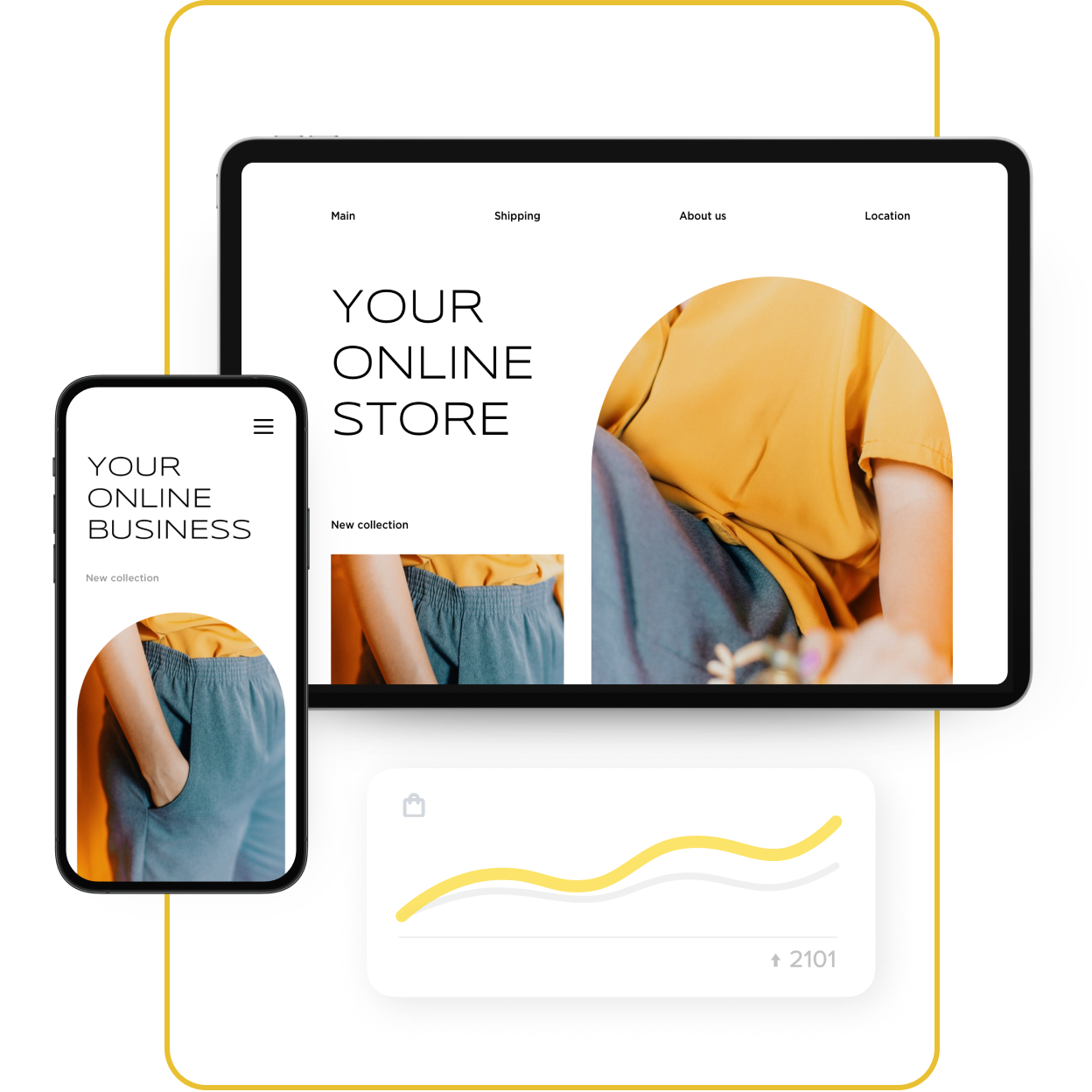“Merchandising” is a word that gets thrown around a lot in conversations about retail. But what is merchandising, really? What do we mean when we use that word, and how are merchandising strategies implemented?
Broadly speaking, merchandising refers to strategies for the promotion and sale of tangible goods or products. But, of course, there is more to understanding merchandising than this simple definition. Merchandising can encompass a wide range of strategies and ideas. It can also be applied to several different types of retail businesses, including wholesale business as well as both physical and online stores.
Here is a deep dive into everything you need to know about merchandising strategies and benefits.
What is General Merchandising?
Merchandising does not simply refer to the marketing and sale of products. Merchandising strategies incorporate ideas like product quantity and prices, visual presentation, and the larger marketing strategies surrounding products. Essentially, general merchandising is the
On a micro level, merchandising strategies are engineered to move specific products at a faster rate. Each product sold in a store has elements of its own unique merchandising strategy. However, on a larger scale, merchandising strategies are cyclical. In other words, merchandising strategies follow a seasonal schedule in order to move certain products at specific times. Valentine’s Day items are usually heavily promoted in late January and February. A few weeks later, stores begin to promote Easter and
Other merchandising cycles may incorporate media products. For instance, the release of a new Disney movie is often accompanied by a wide range of products related to that film. All of these merchandising strategies are carefully timed and engineered to optimize product sales all year long. Merchandising is not just about one single product, but is a
What is an Example of Product Merchandising?
For a quick illustration of what product merchandising looks like, picture an average American retail store in late June. The 4th of July holiday is a week away and the weather outside is beautiful. What is the first thing you see when you walk into the store? Most likely, you will see a red, white, and blue display with lots of cookout items or outdoor equipment. Depending on what state you’re in, you may even see some small packaged fireworks on display. If you’re in a grocery store, there are probably hamburger buns, condiments, and all sorts of grilling equipment.
This is all a targeted example of product merchandising. Retail stores anticipate that a high percentage of consumers in the early summer will be shopping for cookout gear. Whether they’re celebrating Independence Day, a high school graduation, or simply enjoying the weather, outdoor celebrations are huge this time of year. Retail stores engineer their merchandising strategies to highlight the products relevant to these types of activities and celebrations.
Of course, you may still be able to find many of these products in the store all year round. But when they are
What is Retail Merchandising?
Retail merchandising is the most common form of merchandising. Generally speaking, retail merchandising refers to many of the things already discussed previously. It involves strategies designed to sell specific products at the highest possible volume in a retail setting.
As previously touched upon, retail merchandising involves merchandising cycles and specific, targeted strategies. But retail merchandising also relies on things like cleanliness, organization, and presentation.
- Retail stores need to optimize their store layout as part of their merchandising strategies.
- Products should be organized in a way that is intuitive and makes them easy to locate for customers in the store.
- Shelves should also be clean and organized so that customers feel relaxed and confident when in the store.
A messy store, with products strewn all over the place, is not optimized for merchandising.
What is Visual Merchandising?
Visual merchandising incorporates some of the
Using the previous example of a summer retail display, the colors of red, white, and blue are often a prominent feature that time of year. These colors are a strong visual marker of 4th of
But visual merchandising is also
Another common strategy for visual merchandising is bundling. Bundling refers to the grouping of certain products together based on common or shared usages. For instance, a common bundle in spring might feature an array of gardening equipment. Anything stores can do to make products easier to access and identify is visual merchandising.
What is Ecommerce Merchandising?
To this point, our focus has primarily been on retail merchandising in physical,

Global Ecommerce Retail Sales from 2017 to 2025 (Source: statista.com)
In ecommerce merchandising, the emphasis is placed on website layout and page displays, rather than physical displays. For an ecommerce store,
Ecommerce merchandising is also about making the website intuitive and easy to navigate. Users should be able to easily locate items which they are interested in. Some websites might use banner ads promoting certain items in their store. Or the website may utilize intuitive search results.
Another common form of ecommerce merchandising is the use of linking opportunities between associated items. This is a form of virtual bundling. Suppose you run an ecommerce store that sells sports equipment. A customer who is browsing baseball gloves on your website might also be interested in baseball bats, cleats, or other baseball equipment. Providing linking opportunities to these items on relevant product pages is an essential part of ecommerce merchandising.
How Does Merchandising Help a Business?
Whether online or
Increased Sales
Most obviously, merchandising leads to more sales. Merchandising strategies are optimized to draw customer attention to products of interest. Merchandising does not just make products easier to locate. Effective visual merchandising can also make products appear more appealing to customers, increasing sales even more.
Move Inventory at Faster Rates
Cyclical merchandising schedules rely on high inventory turnover. Stores want to sell as many winter items as possible before the start of spring, and so on. Merchandising helps sell promotional and seasonal items more quickly during the periods of highest demand.
Improved Customer Satisfaction
Merchandising strategies are also designed to optimize the customer experience. Visual displays, intuitive store or website layouts, and product bundling all help customers find what they need. Customers can shop more efficiently, and may even end up buying more items, when their shopping experience is made easier. This often means they will checkout feeling more satisfied with the products they are purchasing.
More Loyal Customers
That improved customer experience makes customers more likely to return to your business later on. This continues the cycle of a higher volume of sales, faster inventory turnover, and improved customer satisfaction.
Learn More About Ecommerce Merchandising
Ecwid helps ecommerce businesses get off the ground and flourish online with many useful tools and resources. If you would like to learn more about ecommerce merchandising, read Ecwid’s guide to creating effective product pages for your online store.
- How to Fix Your Store’s Navigation
- Everything You Need to Know About Product Merchandising
- Online Merchandising: How to Layout Products in Online Store
- What is Fashion Merchandising, and Why Is It So Important?
- 10 Design Mistakes of Online Stores
- 15 Perfect Font Pairings for Your Ecommerce Website
- Color Theory: Everything You Need to Know about Color Themes
- 7 Creative Ideas for Your Ecommerce Product Page
- The Power of a Hero Image in Web Design
Must-Have UX Principles to Follow in an Online Store- Website Design Audit
- Unlocking the Power of UX Design for Ecommerce
- What’s the Difference Between UI and UX in Ecommerce?








